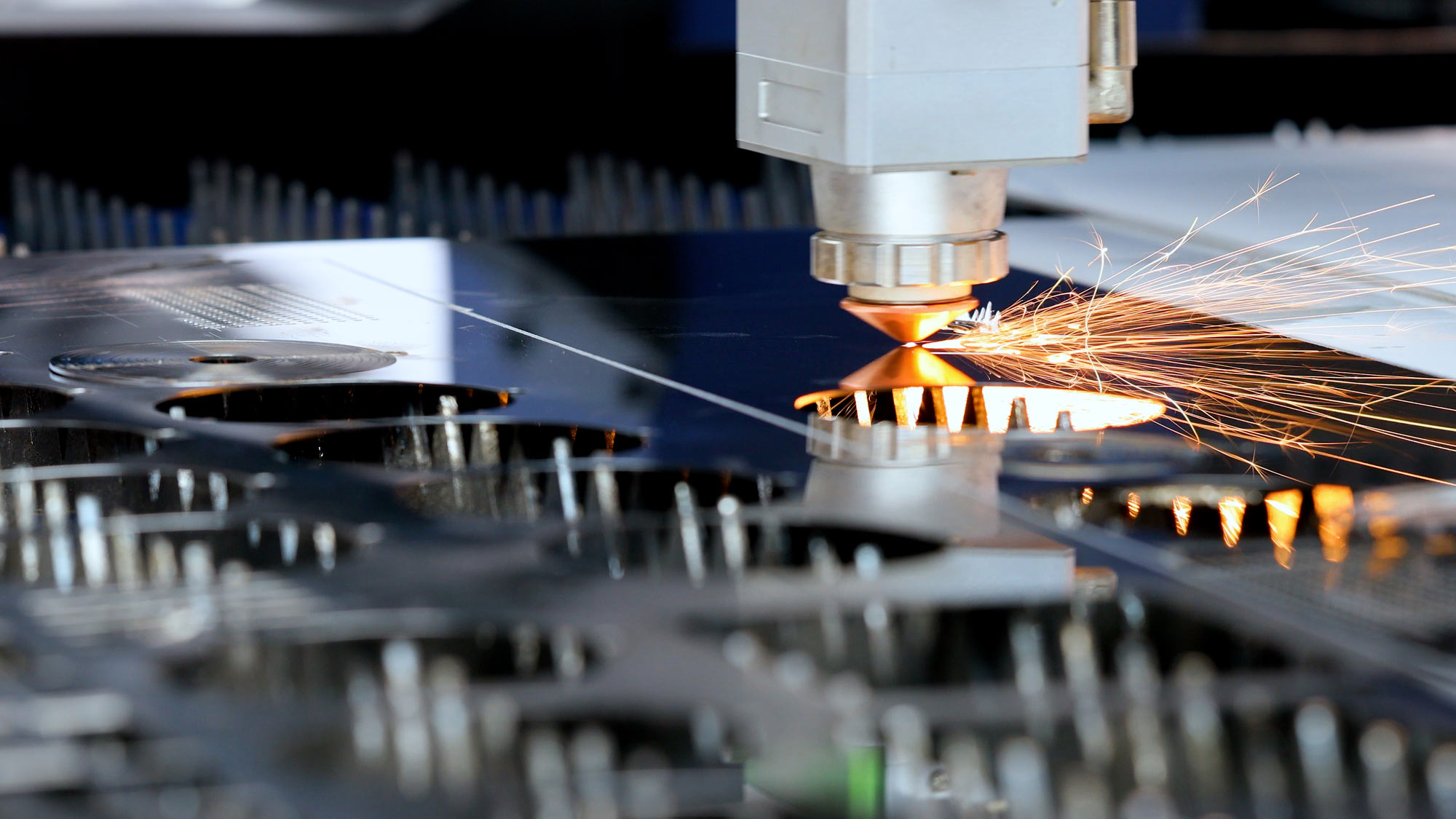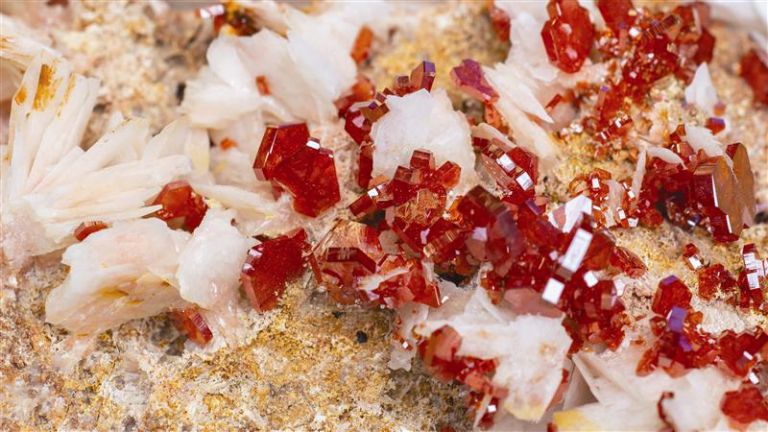AIMR 2024 Australia's Identified Mineral Resources 2024


Australia is a reliable and responsible supplier of mineral commodities.

Australian critical mineral resources support the manufacture of advanced technology and equipment.

Australian mining exports were worth more than $343 billion in 2023.

Australia’s inventory of many critical minerals grew in 2023.

Australia is a leading producer of many commodities with some of the largest inventories of mineral resources in the world.

Australia supplies critical minerals and strategic materials for steel production, energy networks and electronic devices.

Mineral exploration spending was more than $4 billion and exploration for other metals (including many critical minerals) increased by 58%.

Australia is a world-leading producer of mineral commodities.
Minister's Foreword

The 2024 edition of Australia’s Identified Mineral Resources (AIMR) highlights how Australia’s unique geology has positioned us to be a responsible and reliable supplier of minerals for future generations.
As we deepen our understanding of what lies beneath our feet, we are uncovering Australia’s abundant valuable minerals, including those the Australian Government has identified as critical minerals and strategic materials essential for a net zero emission future.
AIMR 2024 provides the evidence base and confidence in Australia’s mineral resource potential and unveils crucial trends in reserves, resources, and production.
This important publication will inform government and industry decision-making and assist in guiding future exploration and discovery to unlock our resources potential.
Australia's resources industry will play an essential role as the world transitions to net zero emissions. Our critical minerals and strategic materials are used in advanced technologies and energy security including batteries, solar panels, wind turbines and electric vehicles.
Throughout the 2023 calendar year, Australia's resources industry stepped up and responded to the challenge of increased global demand for critical minerals.
In fact, we are finding new investment in mineral exploration for other metals, a category which includes critical minerals, reaching $767.5 million and exceeding the exploration spend in our iron ore and copper sectors.
Specifically relating to our critical mineral resources:
- 13 critical minerals saw their Economic Demonstrated Resources (EDR) increase significantly, with new resource reporting for chromium (used in iron, steel, and alloys to improve hardenability and resistance to corrosion).
- Australia jumped to number one in the world for vanadium resources - with almost half of the world’s economic resources and vanadium projects under development in Queensland and my home state of Western Australia; and
- We maintained our number one world ranking for gold, iron ore, lead, rutile, uranium, zinc and zircon.
Other notable changes include:
- Increases in EDR for platinum group elements (up by 30%), graphite (up by 27%), lithium (up by-20%) niobium (up by 18%), manganese (up by 16%) high-purity alumina (up by 14%), molybdenum (up by 10%), rare earths (up by 10%), tantalum (up by 10%), rutile (up by 6%) and bauxite (up by 5%); and
- Increases in production for molybdenum (up by 340%), tungsten (up by 126%) and rare earth elements (up by 79%).
The Australian Government’s Future Made in Australia plan is driving economic growth, creating jobs, establishing sovereign capability, and building a competitive Australia.
Under the plan, the Australian Government invested $3.4 billion in the future of precompetitive geoscience with the 35-year Resourcing Australia’s Prosperity initiative, led by Geoscience Australia.
This multi-generational investment in precompetitive geoscience is set to accelerate the discovery of critical minerals and strategic materials and other resources necessary to decarbonise the global economy and ensure diversity and security of supply chains.
I commend Geoscience Australia on AIMR 2024. This publication is a prime example of the benefits of government investment in precompetitive geoscience for our economy and to support a prosperous Future Made in Australia.

The Hon Madeleine King MP
Minister for Resources & Minister for Northern Australia.
Member for Brand
Contact Details
mineral.promotions@ga.gov.au
Department of Industry, Science and Resources
Minister for Resources and Minister for Northern Australia: The Hon Madeleine King MP
Secretary: Ms Meghan Quinn PSM
Geoscience Australia
Chief Executive Officer: Dr James Johnson
Geoscience Australia acknowledges the Traditional Owners and Custodians of Country throughout Australia and recognise their continuing connection to land, waters and community. We pay our respects to the people, the cultures and the Elders past and present.
© Commonwealth of Australia (Geoscience Australia) 2025.
With the exception of the Commonwealth Coat of Arms and images on the cover, inside cover, pages 8, 16, 22, 24, 37, 39 and 43, this product is provided under a Creative Commons Attribution 4.0 International Licence.
http://creativecommons.org/licenses/by/4.0/legalcode
This product is provided subject to the Disclaimer of Warranties and Limitation of Liability in section 5 of the Creative Commons Attribution 4.0 International Licence. Therefore, you should not solely rely on this information for any purpose.
Geoscience Australia is committed to providing web accessible content wherever possible. If you are having difficulties with accessing this document please email clientservices@ga.gov.au.
ISSN: 1327-1466
ISBN: 978-1-923084-71-1 (PDF)
ISBN: 978-1-923084-72-8 (print)
eCat ID: 149861
GA SRF169041
Cover: Industrial laser cutters are used on hard materials such as steel and titanium. Australia’s critical minerals and strategic materials are needed to manufacture both advanced technologies and advanced alloys for the construction, automotive and aerospace industries.
Bibliographical reference: Hughes, A., Britt, A., Pheeney, J., Morfiadakis, A., Kucka, C., Colclough, H., Munns, C., Senior, A., Cross, A., Hitchman, A., Cheng, Y., Walsh, J., and Jayasekara, A., 2025. Australia’s Identified Mineral Resources 2024. Geoscience Australia, Canberra. https://dx.doi.org/10.26186/149861
